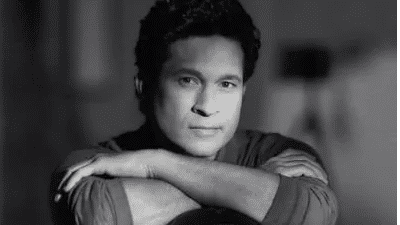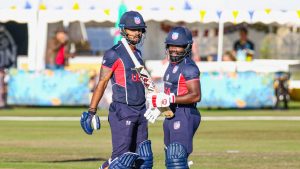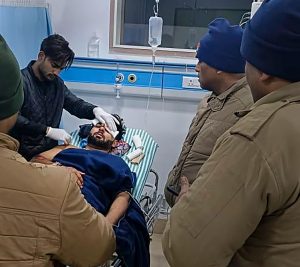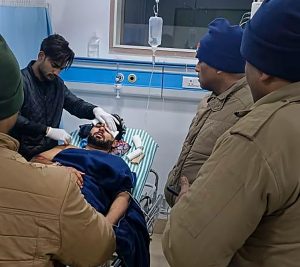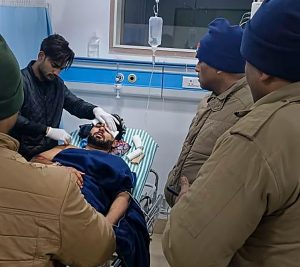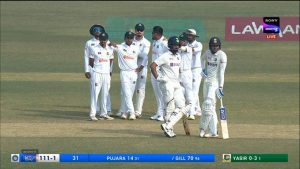Sachin
Tendulkar is one of the greatest batsmen to have ever graced the gentlemen’s
game. Billed as a child prodigy, Sachin broke into the Indian side at the
tender age of 16, going on to become one of the most celebrated sporting icons
in the world, a phenomenon in himself when he retired at the age of 40.
Over his
24-year journey, Sachin went from a rattled teenager in Karachi to ‘Master
Blaster’, owning every batting record worth owning in the process. Most
international runs, most centuries, most Test caps, most World Cup runs – he
has them all.
But at one
point, he was faced with the real prospect having his career abruptly cut short,
after he was diagnosed with a tennis elbow in 2004. The condition is actually a
misnomer, and doesn’t have much to do with tennis, usually occurring to people
who strain the tendons in their elbows.
Also called
lateral epicondylitis, the condition causes terrible pain, which gradually sets in as the outer part of
the elbow becomes tender and is felt on or below the joint’s bony prominence.
Sachin
underwent surgery in May, 2005. Orthopaedic surgeon Andrew
Wallace conducted his surgery at the St. John and St. Elizabeth hospital in
London. The surgery was a success, but a return to the pitch was a distant
prospect.
In an
episode on India Today inspiration, Sachin said he battled depression during
his post-surgery rehabilitation, and felt like his career was over.
“Tennis
elbow was really bad and a number of my friends have had tennis elbow after
that. When they didn’t have it, they used to say how painful can it get; it
can’t be that bad that you can’t hold a cricket bat. I said you need to
experience it once, then you’ll know. If you are locked inside a room, you’ll
not be able to open the door, it was that bad,” he said.
Also Read | ‘Dhoni finishes off in style’: Revisiting India’s 2011 World Cup glory
Sachin
spoke of not being able to pick up the bat after his surgery, which led to a
bout of depression. He said he used to call up his friends at odd hours and go
for a drive to feel better. “Of course, at home Anjali was there who’d be
constantly be telling me, you know, the good things that have happened in my
life, to focus on those things,” he told India Today Inspiration.
He
eventually made a comeback to the Indian team after a full recovery in the 2006
DLF Cup in Kuala Lumpur, where he scored an unbeaten 141.

